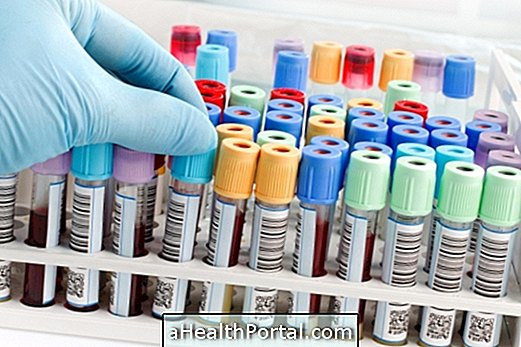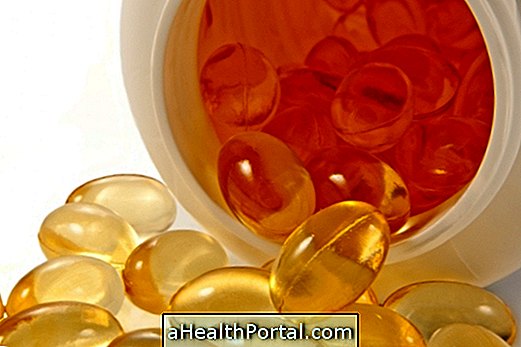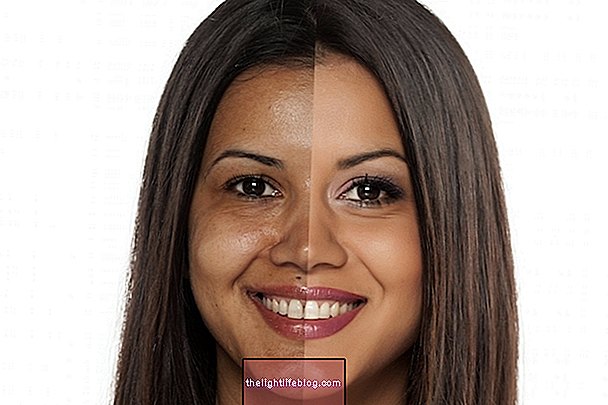After undergoing bariatric surgery the person needs to drink a liquid diet for about 15 days, and then can start the pasty diet for about another 20 days. After this time solid foods can be re-introduced bit by bit, but food usually only returns to normal, about 3 months after surgery.
This time of adaptation is very important because the person's stomach becomes very small and only fits about 200 ml of liquid, which is why the person slims fast because even if you want to eat a lot you will feel very uncomfortable because literally the food it will not fit in the stomach.
How to Make a Net Diet
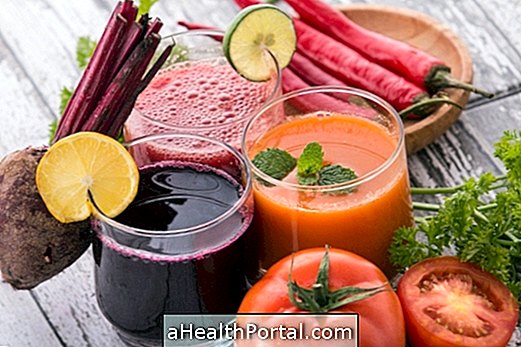
The liquid diet starts right after surgery and lasts from 1 week to 15 days. In this period, food can only be consumed in liquid form in small volumes, about 100 to 150 ml, with about 6 to 8 meals a day, with an interval of 2 hours between meals. Foods have to be ingested slowly, and it can take up to 40 minutes for a glass of soup, for example.
The foods allowed in this liquid diet are teas, fruit juice and natural vegetables, soy drink, coconut water, homemade broths of meat, chicken, fish or vegetables. But it is also important to drink water throughout the day in small amounts and take the supplements prescribed by your doctor to ensure the amount of vitamins your body needs.
How to Make the Pasty Diet

The pasty diet should start about 15 days after surgery, and the person may eat only pasty foods such as vegetable creams, porridges, cooked or raw fruit purees, legume purees, protein purees or fruit vitamins whipped with juice of soy or water, for example.
See a recipe for pasty dieting after bariatric surgery in: Paste diet.
When to return to eating solid foods
After about 30 to 45 days after bariatric surgery the person may already go back to eating foods that need to be chewed but in small amounts over 6 meals a day. At this stage it may be helpful to use a dessert plate to eat small amounts at each meal.
Liquids should only be taken between meals, and it is important to drink at least 2L of water a day to prevent dehydration.
From this stage the patient can eat fruits, vegetables, whole grains, milk and dairy products, meat, fish, egg, pasta, rice, potatoes, whole grains and seeds in small quantities and according to their tolerance.
Diet menu after bariatric surgery
Here's an example of a menu after a weight-loss surgery.
| Meals | Liquid Diet | Pasty diet |
Branda diet |
| Breakfast | 150 ml herbal tea | 150 ml corn kernels | 1/4 cup of skim milk with 1 slice of toasted bread and 1 slice of cheese |
| Snack | 150 ml diluted orange juice | 150 ml of bottled papaya juice | 1 small fruit |
| Lunch | 150 ml meat broth and liquefied vegetables | 150 ml of chicken blender soup | 1 tablespoon crushed carrots, 1 tablespoon ground beef and 1 tablespoon rice |
| Snack | 1 liquid gelatine | 150 ml of apple vitamin with low-fat, low-lactose milk | 100 ml tea and 1 toasted bread |
| Dinner | 150 ml chicken broth and vegetables beaten with blender | 150 ml of chopped and liquefied fish soup | Shredded chicken with 2 tablespoons mashed potatoes and 2 tablespoons vanilla cream |
| Supper | 150 ml tea orange peel | 150 ml skim milk and low in lactose | 80 ml tea with 1 cracker |
In the liquid and pasty diet one should drink 50 ml every 30 minutes until ingesting 150 ml and the soft diet should not contain sugary foods because they are not well tolerated and can cause abdominal discomfort.
What you can not eat
In the first 3 months after stomach reduction surgery, foods such as:
- Coffee, matte tea, green tea;
- Pepper, chemical seasonings such as Knorr, Sazon, mustard, ketchup or English sauce;
- Powdered industrial juices, soft drinks, as well as carbonated water;
- Chocolate, candy, chewing gum and sweets in general;
- Fried food;
- Alcoholic beverage.
Also foods like chocolate mousse, condensed milk or ice cream are very caloric should be avoided, and even consumed in small amounts can make you fat again.


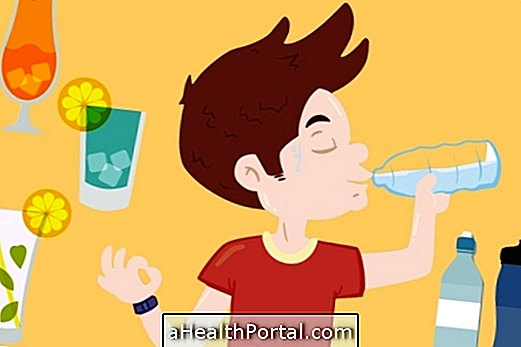

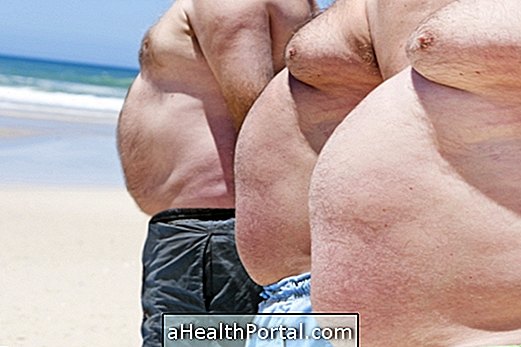



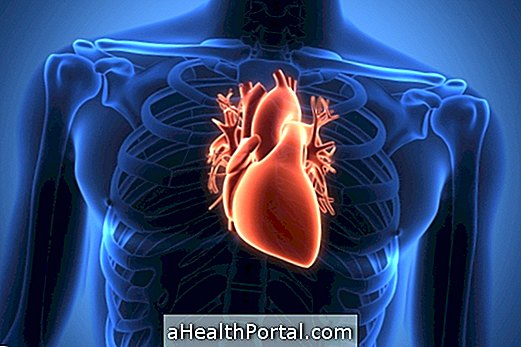

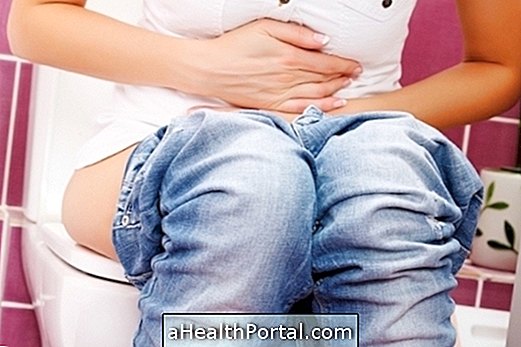
.jpg)


